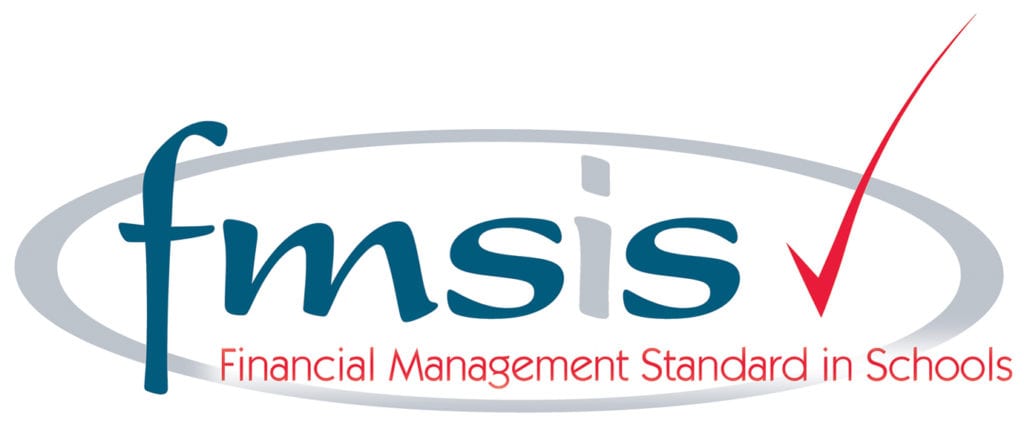In England, all pupils in Year 1 must take the Phonics Screening Check. The check is meant to show how well children can use the phonics skills they’ve learned up to the end of Year 1 and to identify students who need extra phonics help. The Department for Education defines the checks as “short, light-touch assessments” that take about four to nine minutes to complete.
The checks consist of forty words and non-words that children will be asked to read one-on-one with a teacher. Non-words (or nonsense words, or pseudo words) are a collection of letters that will follow the phonics rules children have been taught, but don’t mean anything – children will need to read these with the correct sounds to show that they understand the phonics rules behind them.
Children are checked against a national standard, and the main result will be whether or not they fall below, within or above this standard. The “pass threshold” has previously been 32, which means children had to read at least 32 words out of 40 correctly. The threshold mark is communicated to schools at the end of June, after the test has been taken, so that teachers can mark the screening check papers. If children’s score falls below the standard, they will be given extra phonics help and will have to re-take the Phonics Screening Check in Year 2.
You can help your child prepare for their phonics screening check by practising the phonics they have learned in Reception and Year 1. You could also read new books and stories with them; this will introduce them to unfamiliar words that they will have to sound out.
If you would like more information on how to help your child at home, please do not hesitate to contact the school.
The website below links you to previous Phonics Screening tests to help you to understand what the test looks like. ( https://www.sats-papers.co.uk/phonics-screening-test/ )








